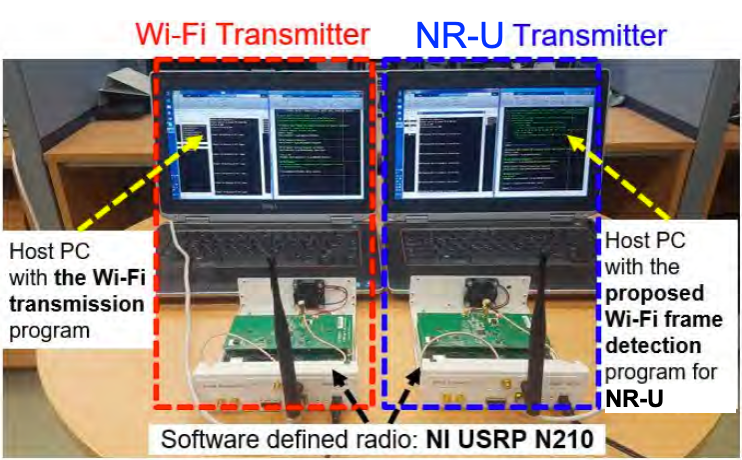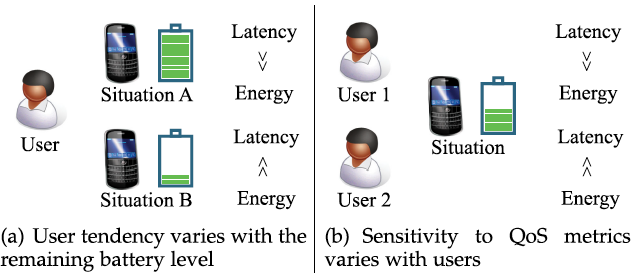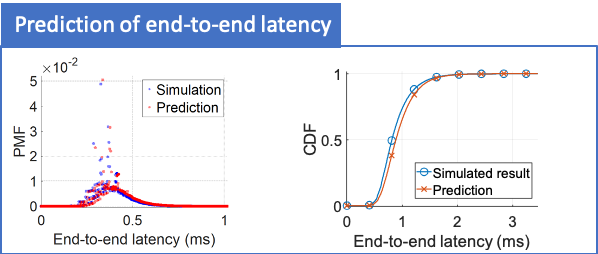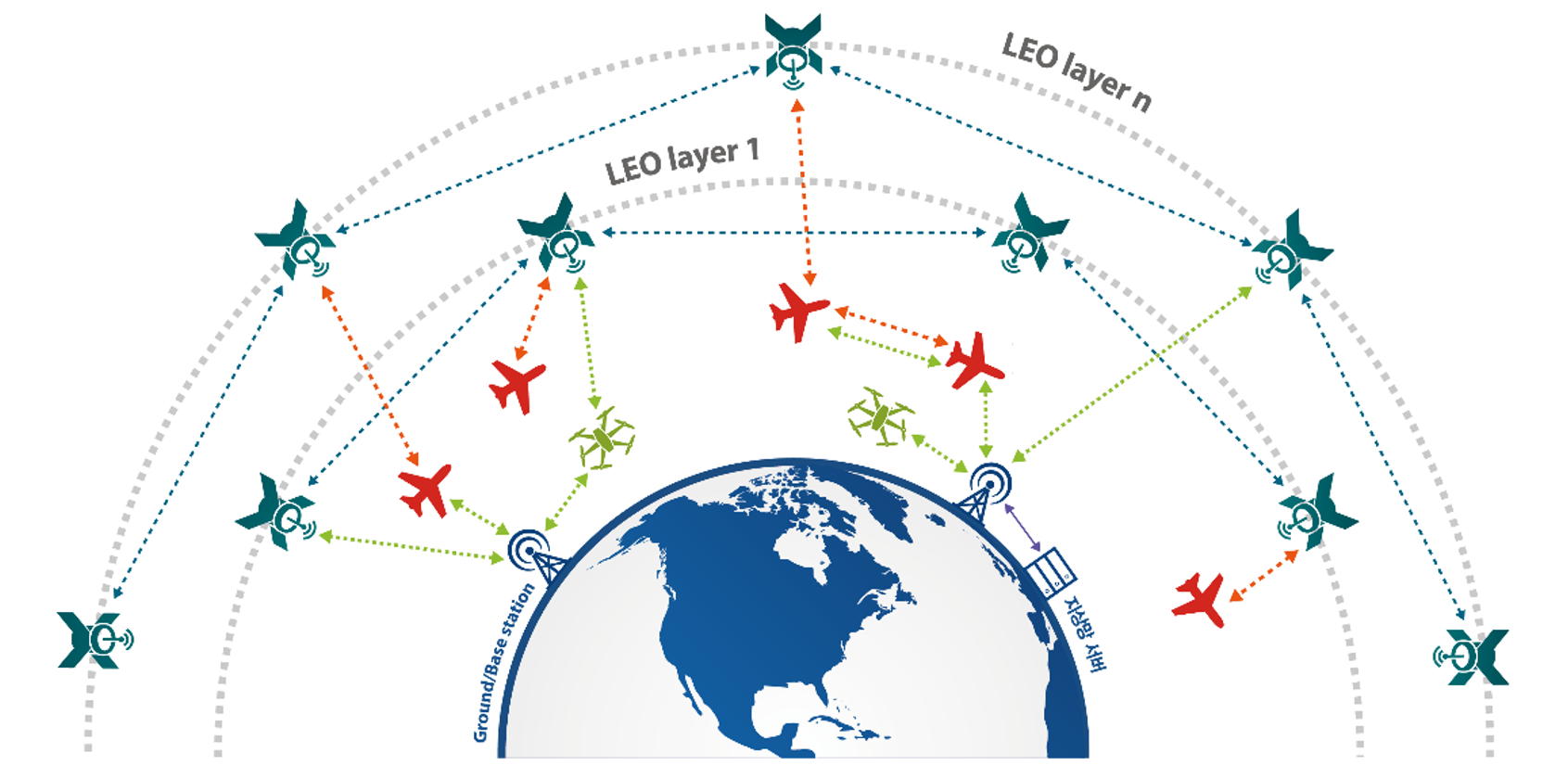The WMNL is actively performing various research activities on 5G and 6G. Regarding 5G, we studied WLAN-5G coexistence in unlicensed bands, and analytically captured the asymmetry between WLAN and 5G NR-Unlicensed (NR-U) for the first time in the literature. We have also implemented a lightweight frame detection algorithm using USRPs, with which NR-U devices can detect coexisting WLAN signals even without any WLAN interface. Please refer to our TMC’18 and Access’19(June) papers for more details.


5G MEC (Mobile Edge Computing) is another big trend in 5G communications. MEC is exploiting cloud computing resources (sort of micro data centers) located at the edge of the 5G network, usually at the base stations. Then, computation-intensive tasks at mobile devices can be offloaded to the MEC servers to save energy and enhance user experience at the mobile side. In our research, we tried to unify energy, latency, monetary costs of computation offloading via the concept of QoE (Quality-of-Experience), and developed an optimal transmission scheduling algorithm in task offloading (see our SECON’16 and TMC’19 papers).
The tactile Internet is an important building block for B5G/6G, due to its capability of guaranteeing near-zero end-to-end latency between two end-users. With near-zero latency supported, next-generation immersive applications (e.g., remote surgery, tactile gaming, tele-presence) can be realized. For this, the WMNL have investigated how to adopt cut-through (CT) switching in the future Tactile Internet, by developing novel flit scheduling algorithms (our Access’19/May paper) and an accurate end-to-end latency prediction method (our Access’20 paper) for CT-switched general-topology networks.
The WMNL is also investigating how to realize 6G’s vision of communications-computing convergence. 6G is expected to integrate its network infrastructure with more computing resources and intelligence, making the boundary between communications and computing obscure. In such a vein, we are putting more effort to developing new AI/ML based networking mechanisms as detailed in the ‘AI-empowered Networking‘ page.
On the other hand, we are also performing a research on wireless communications in the three-dimensional space including ground, air, and space, to realize the vision of 6G to combine TN (terrestrial network) with NTN (non-terrestrial network). In particular, we have been working on developing accurate channel models for the three types of wireless links, air-to-ground (A2G) / ground-to-air (G2A), air-to-air (A2A), and air-to-satellite (A2S) / satellite-to-air (S2A). In addition, we are applying the developed models to various wireless service scenarios in the 3D-space, e.g., UAM communications.





